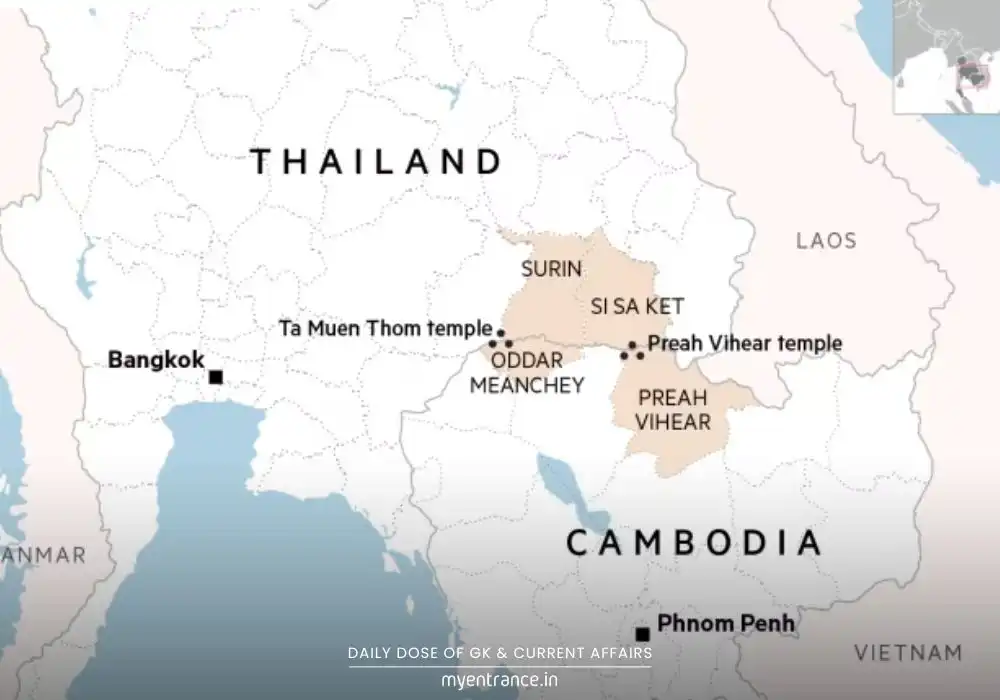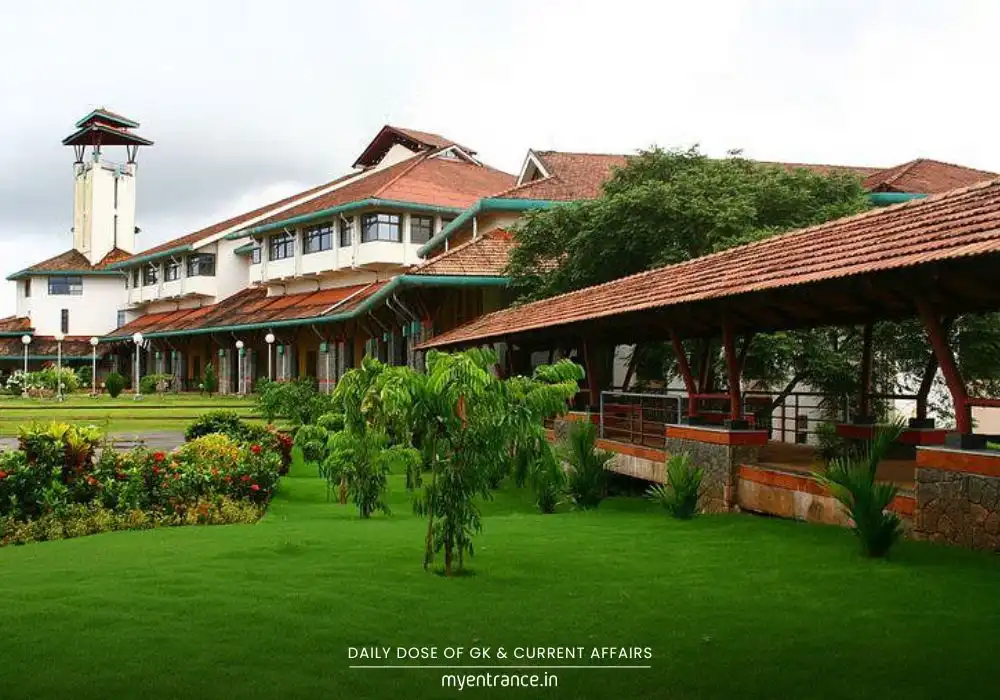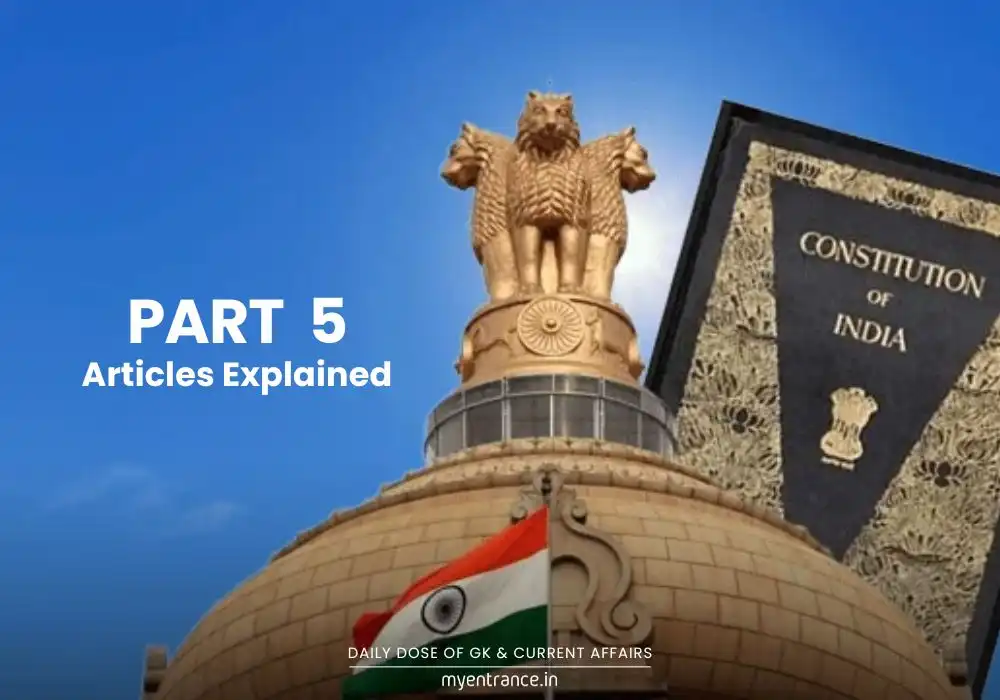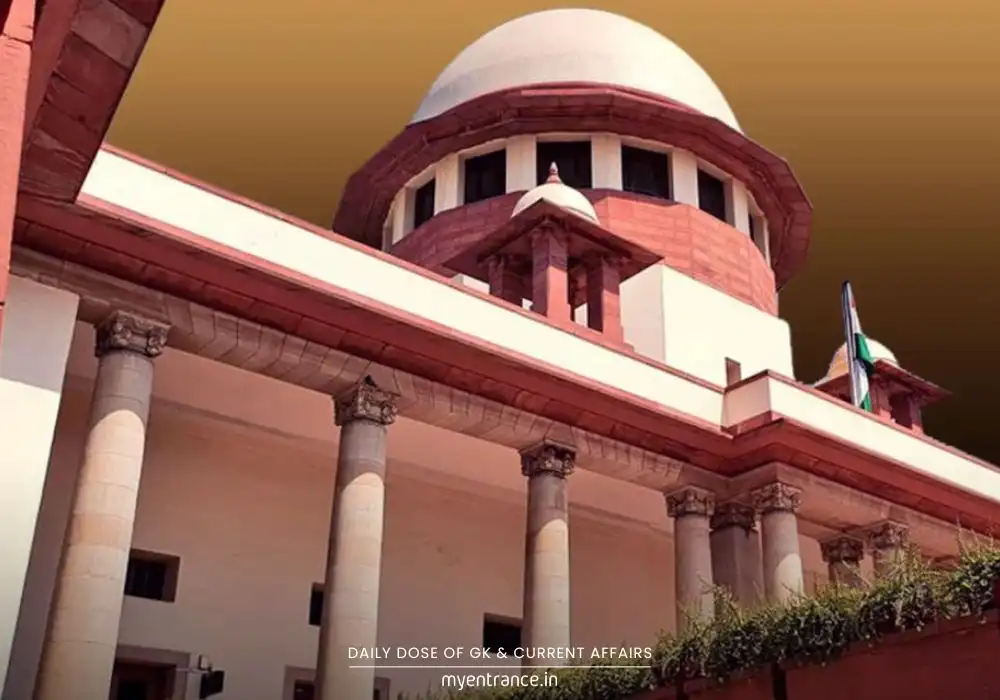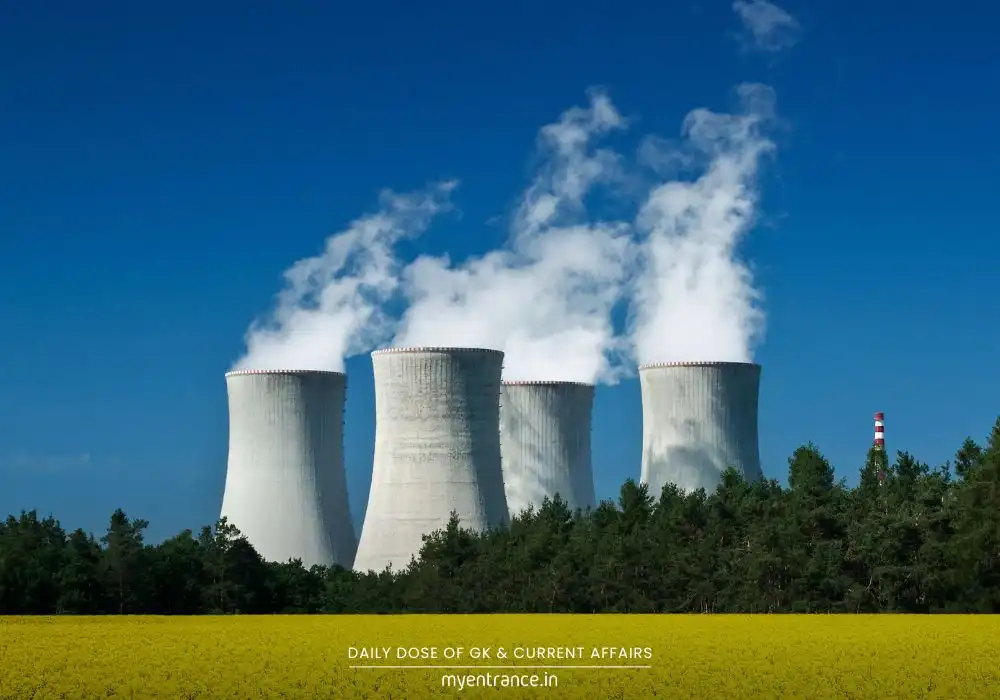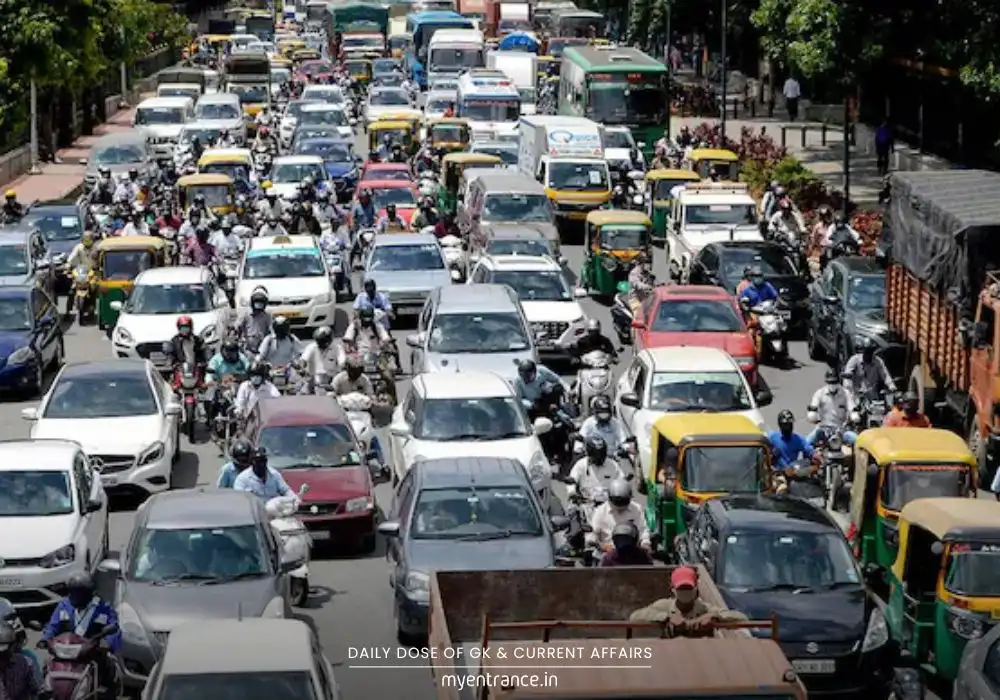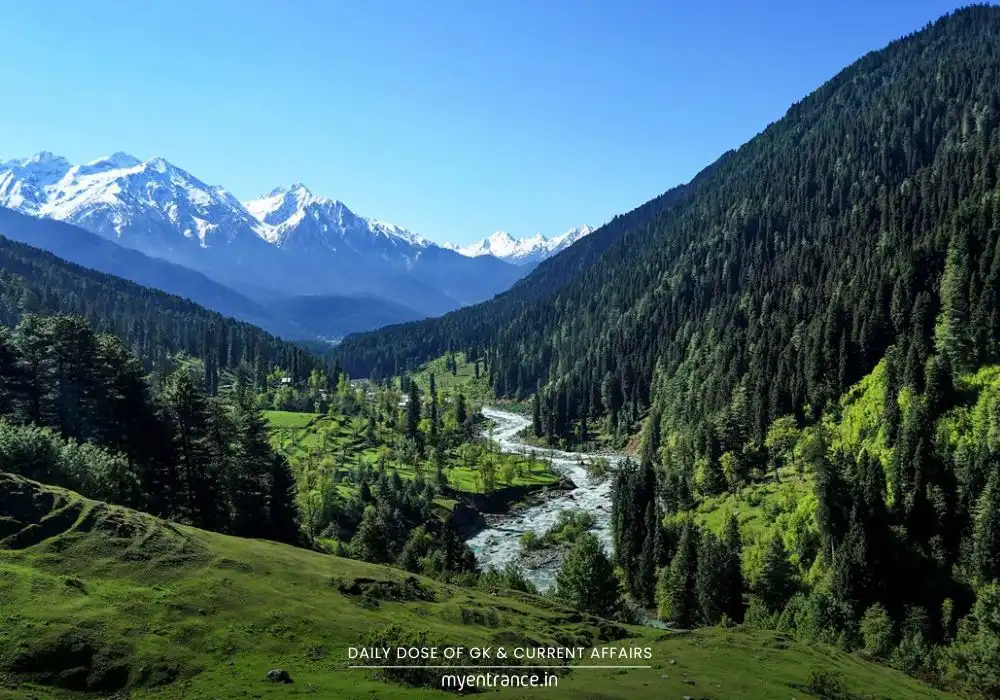Translate Language
Indian Constitution Part 1 & 2 Explained: Key Insights for Competitive Exams
Part 1 and Part 2 of the Indian Constitution form the foundation of India’s political and legal structure. Part 1 defines India as a ‘Union of States’ and outlines Parliament’s power to alter state boundaries. Part 2 deals with citizenship laws, crucial for understanding who qualifies as an Indian citizen. Mastering these sections is essential for competitive exams like UPSC, SSC, PSC, and more.
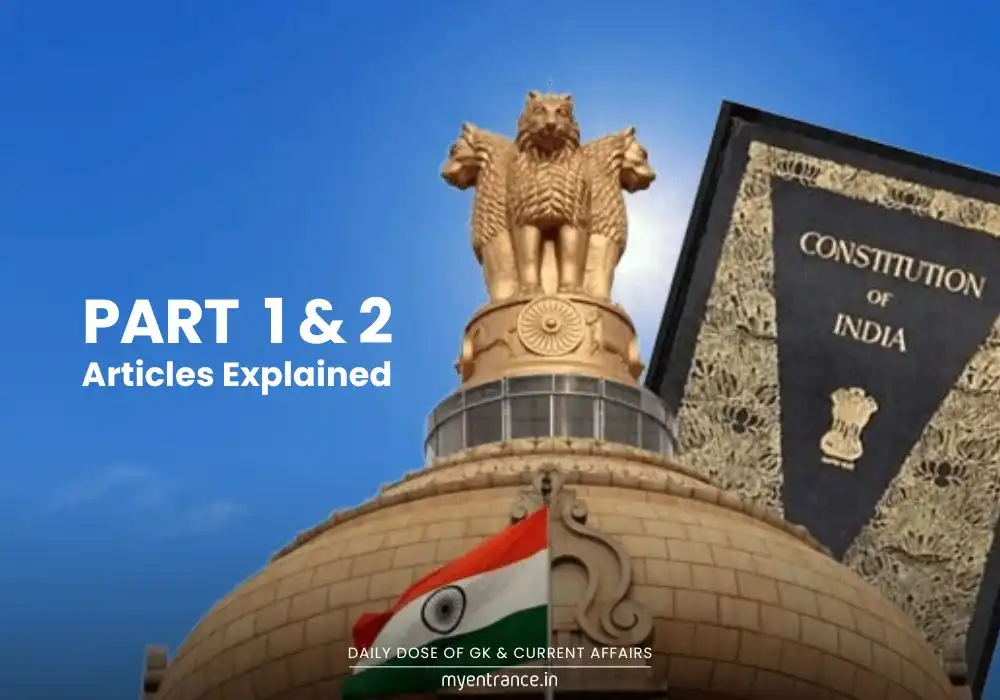
Part 1: The Union and Its Territory (Articles 1-4)
Part 1 of the Indian Constitution establishes India as a “Union of States” (Article 1) and defines how the country’s territorial structure can be modified. Here’s a breakdown:
Key Articles Explained:
Article 1: Declares India as a sovereign, socialist, secular, democratic republic and a Union of States, categorizing territories into:
States (with their own governments)
Union Territories (directly governed by the Central Government)
Any other territories acquired by India.
Article 2: Grants Parliament the power to admit new states into the Union or establish new states.
Article 3: Allows Parliament to:
Form new states by separating territory from existing states.
Merge two or more states.
Change state boundaries or names.
Article 4: Ensures that laws made under Articles 2 & 3 do not require a constitutional amendment but may modify related schedules.
Why This Matters for Exams?
Frequently asked in UPSC, SSC, PSC, and state-level exams.
Helps understand how new states like Telangana were formed.
Questions often test Parliament’s powers regarding state reorganization.
Part 2: Citizenship (Articles 5-11)
Part 2 defines who is an Indian citizen at the time of the Constitution’s adoption (January 26, 1950) and the laws governing citizenship afterward.
Key Articles Explained:
Article 5: Grants citizenship to those born in India or with at least one Indian parent at the time of the Constitution’s commencement.
Article 6: Covers migrants from Pakistan – those who came before July 19, 1948, automatically became citizens, while later migrants needed registration.
Article 7: Deals with Indians who migrated to Pakistan but later returned – they had to be residents in India since July 1948.
Article 8: Provides citizenship rights to overseas Indians (of Indian origin) if registered with an Indian diplomatic mission.
Article 9: States that voluntarily acquiring foreign citizenship means losing Indian citizenship.
Article 10: Ensures that citizenship continues unless terminated by law.
Article 11: Empowers Parliament to regulate citizenship (leading to laws like the Citizenship Act, 1955).
Why This Matters for Exams?
Common in UPSC, SSC, KAS, and NDA exams.
Helps understand contemporary debates (CAA, NRC).
Questions often test distinctions between Articles 5-11.
Questions & Answers on Indian Constitution Parts 1 & 2
Q: Which article declares India as a ‘Union of States’?
A: Article 1.
Q: Can Parliament alter state boundaries without a constitutional amendment?
A: Yes, under Article 3, Parliament can modify state boundaries without a constitutional amendment.
Q: Who qualifies for Indian citizenship under Article 6?
A: Migrants from Pakistan who entered India before July 19, 1948, automatically became citizens; those after needed registration.
Q: What happens if an Indian voluntarily acquires foreign citizenship?
A: Under Article 9, they lose Indian citizenship.
Q: Which article allows Parliament to make laws on citizenship?
A: Article 11.
Understanding Part 1 (Union & Territory) and Part 2 (Citizenship) is crucial for competitive exams. These sections shape India’s political structure and citizenship laws, making them high-priority topics. For more exam-focused guides, stay tuned to MyEntrance.in!
Get 3 Months Free Access for SSC, PSC, NIFT & NID
Boost your exam prep!
Use offer code WELCOME28 to get 3 months free subscription. Start preparing today!

